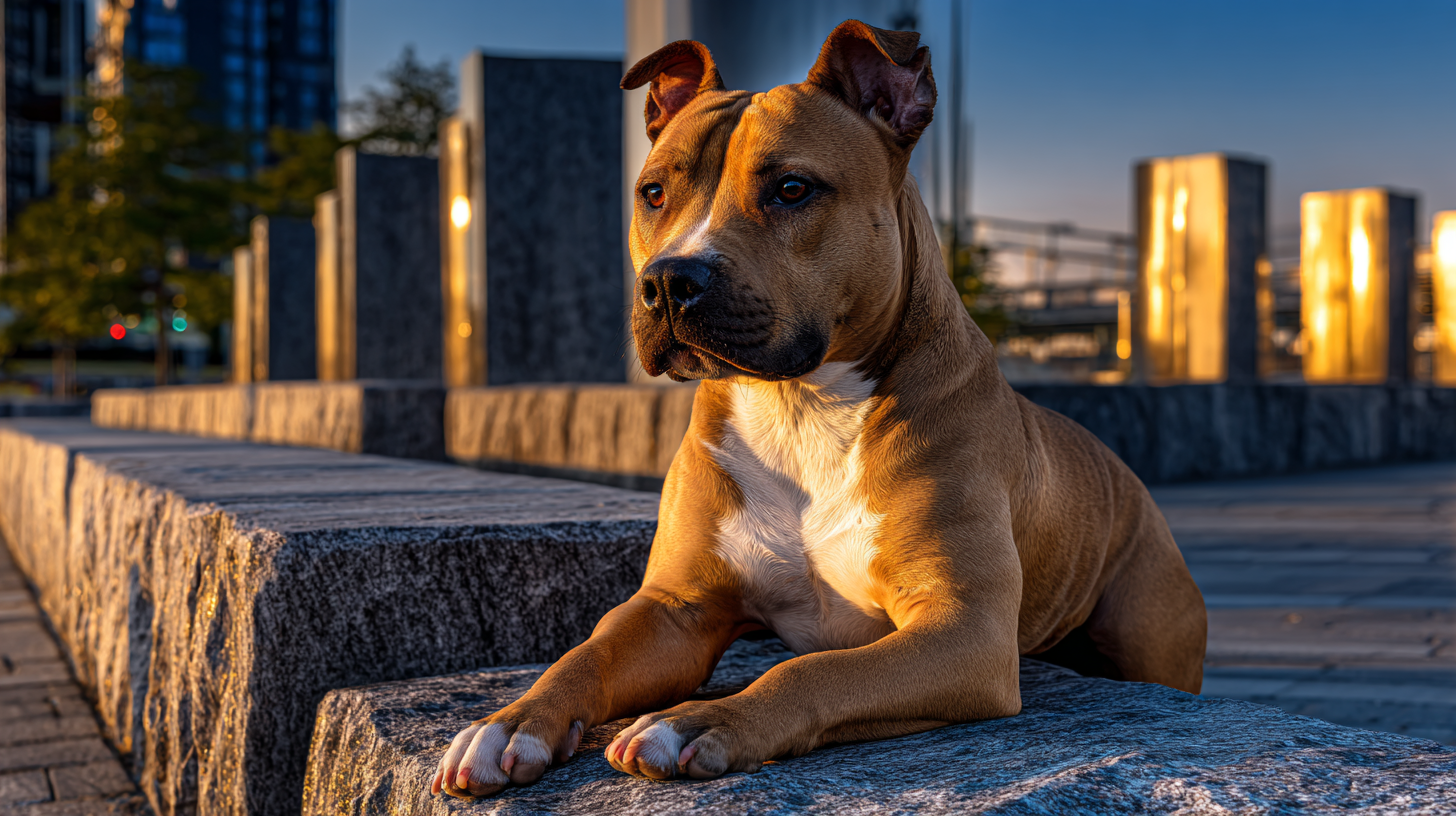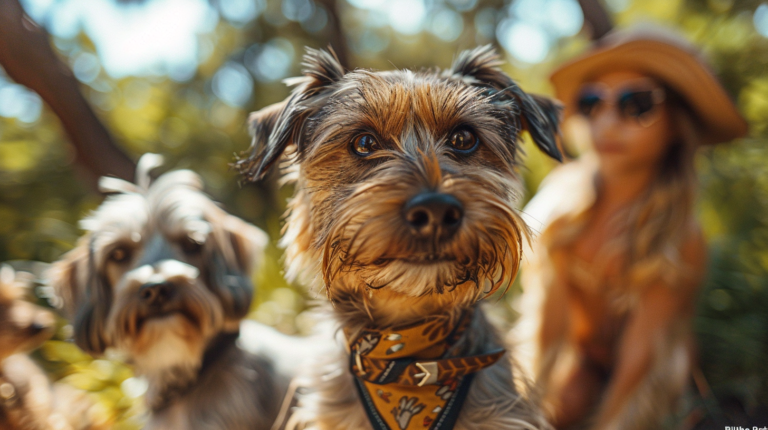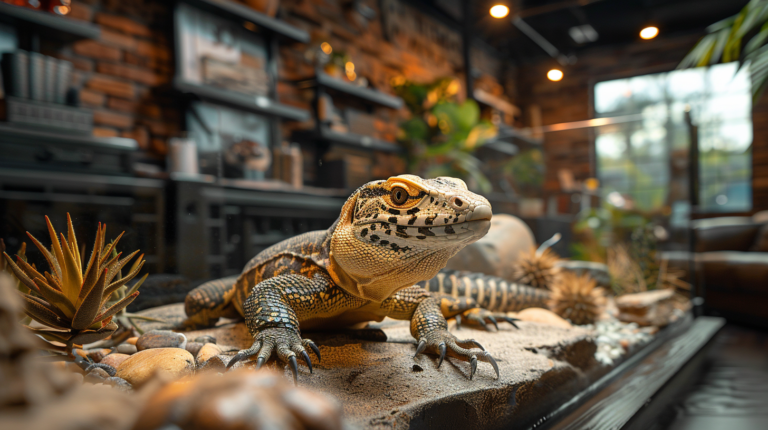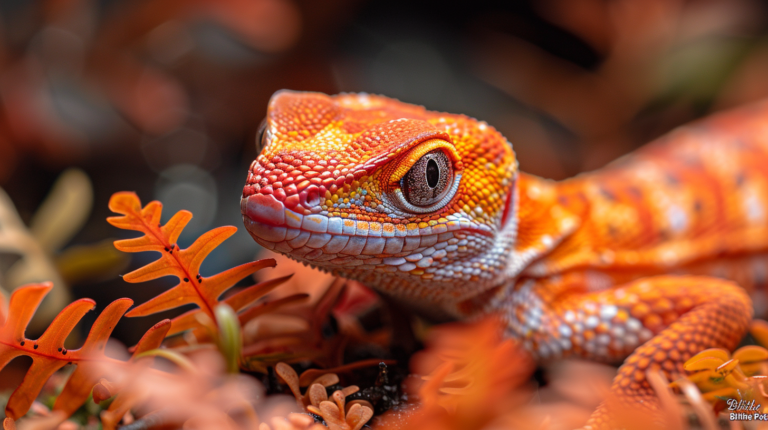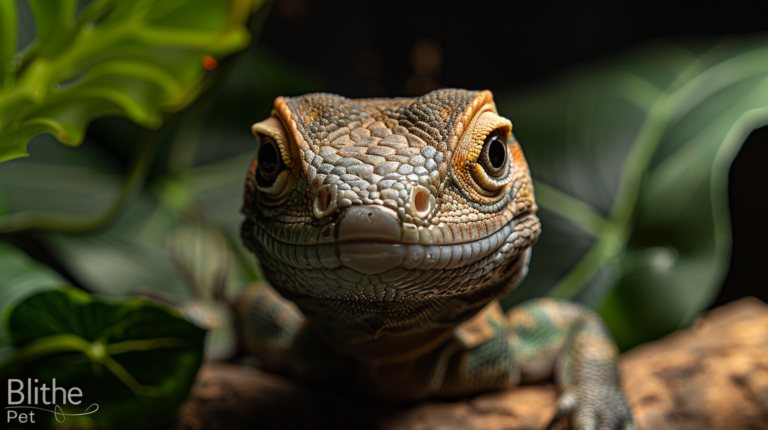Discover essential Pocket Bully dog facts including size, temperament, care needs, and health info. Complete guide for potential owners of this compact breed.
Table of Contents
The Pocket Bully dog has captured the hearts of pet enthusiasts worldwide with its unique combination of muscular build and compact size. Despite being a relatively new breed variation, these remarkable canines have quickly established themselves as loyal companions that pack tremendous personality into a smaller frame. Whether you’re a seasoned dog owner or considering your first four-legged family member, understanding the essential facts about Pocket Bully dogs will help you make an informed decision about welcoming one into your home.
Originally developed as a smaller version of the American Bully, the Pocket Bully dog maintains all the desirable traits of its larger counterparts while being perfectly suited for various living situations. This comprehensive guide will explore eight crucial facts every potential owner should know about these extraordinary dogs, from their physical characteristics to their care requirements and everything in between.
Understanding the Pocket Bully Dog Breed Origins
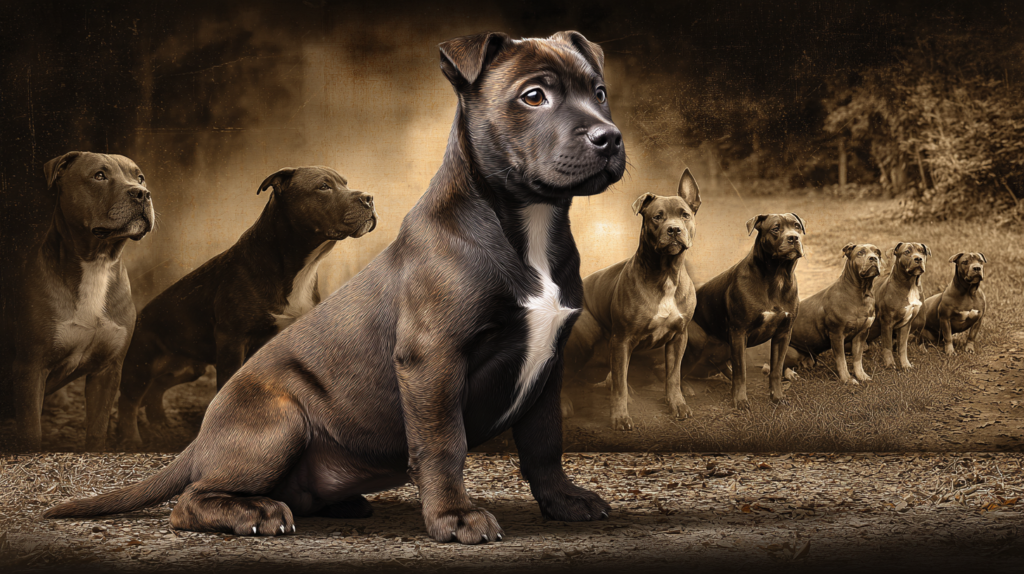
The Pocket Bully dog emerged in the early 2000s as breeders sought to create a more compact version of the American Bully. Unlike many ancient breeds with centuries of history, this breed represents modern selective breeding at its finest. The development focused on maintaining the muscular build, stable temperament, and loyal nature of larger bully breeds while creating a dog suitable for apartment living and smaller spaces.
Breeders carefully selected American Bullies with naturally smaller statures and bred them with other compact, muscular breeds including French Bulldogs and English Bulldogs. This strategic breeding program aimed to preserve the distinctive bully characteristics while reducing overall size. The result is a dog that typically weighs between 11-22 pounds and stands 13-17 inches tall, making them significantly smaller than standard American Bullies.
The breed gained recognition from various kennel clubs and bully breed registries, though it’s important to note that breeding standards can vary between organizations. The American Bully Kennel Club (ABKC) officially recognizes four size categories of American Bullies, with the Pocket class being the smallest official category.
Physical Characteristics and Size Standards
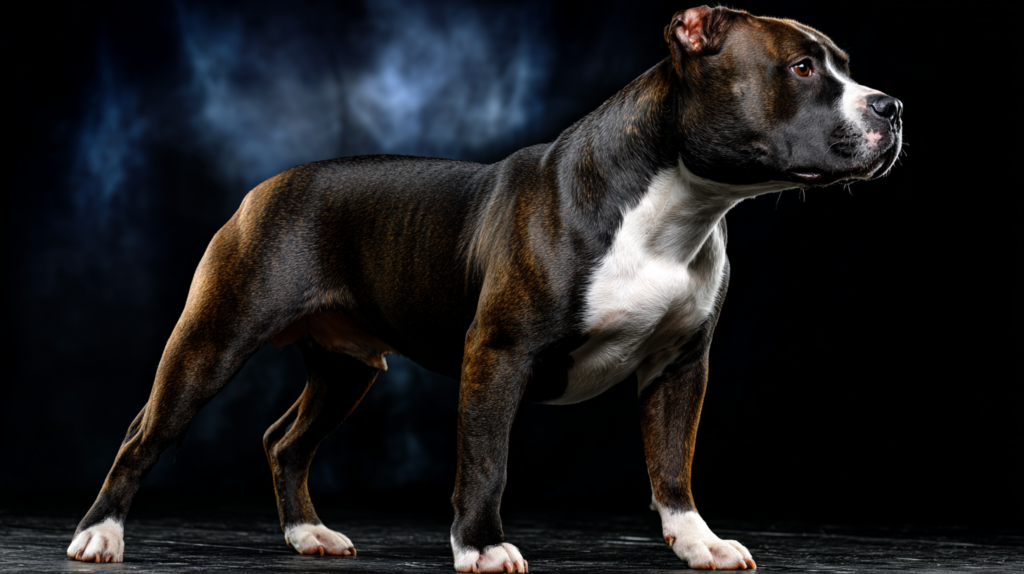
Size and Weight Specifications
The defining characteristic of a Pocket Bully dog lies in its compact dimensions. Males typically measure 14-17 inches at the shoulder, while females range from 13-16 inches. Weight standards vary based on the dog’s build and muscle mass, generally falling between 11-22 pounds for a healthy adult.
Standard Size Chart:
| Gender | Height Range | Weight Range | Build Type |
| Male | 14-17 inches | 15-22 pounds | Muscular, compact |
| Female | 13-16 inches | 11-18 pounds | Proportionate, athletic |
Physical Features
Pocket Bully dogs exhibit several distinctive physical traits that set them apart from other small breeds:
- Head Structure: Broad, well-defined head with pronounced cheek muscles
- Body Build: Compact, muscular frame with a wide chest and strong shoulders
- Coat: Short, smooth coat that comes in various colors and patterns
- Legs: Sturdy, well-muscled legs that support their robust frame
- Tail: Medium length, carried low in a relaxed position
The breed’s coat colors include blue, chocolate, black, white, fawn, red, and various combinations with markings. Tri-color patterns and merle coats are also common, though some color variations may be associated with specific health considerations.
Temperament and Personality Traits
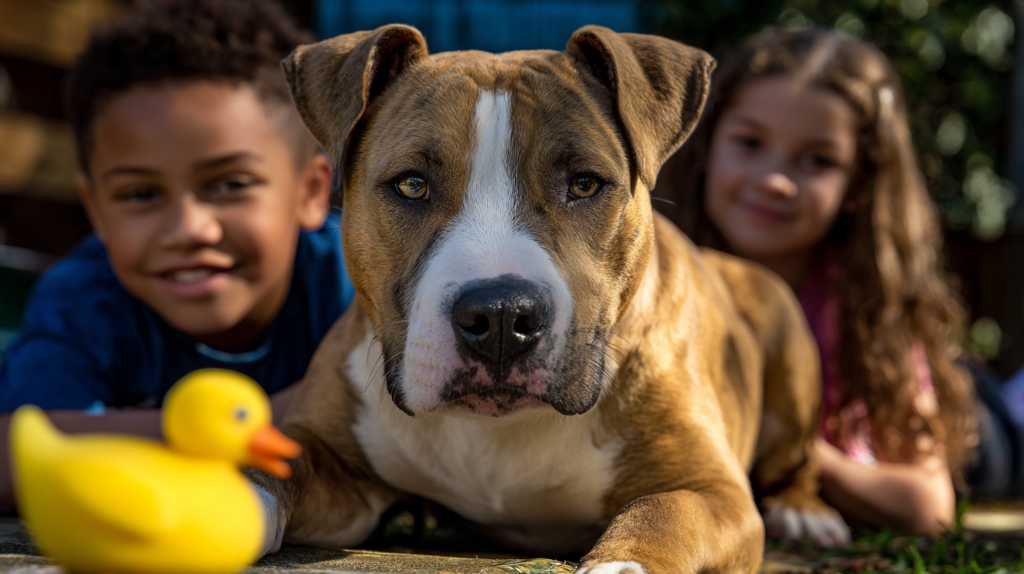
One of the most appealing aspects of the Pocket Bully dog is their exceptional temperament. Despite their muscular appearance, these dogs are known for their gentle, affectionate nature and strong desire to please their owners. They typically display confidence without aggression and maintain a stable, predictable personality that makes them excellent family companions.
Key Personality Characteristics
Loyalty and Bonding: Pocket Bullies form incredibly strong bonds with their families. They’re often described as “velcro dogs” due to their tendency to stay close to their favorite humans. This loyalty makes them excellent watchdogs, as they’ll naturally protect their territory and family members.
Intelligence and Trainability: These dogs possess above-average intelligence and respond well to positive reinforcement training methods. Their eagerness to please makes house training, basic obedience, and even advanced tricks achievable with consistent effort.
Social Nature: Well-socialized Pocket Bully dogs typically get along well with children, other dogs, and even cats when properly introduced. Their patient nature makes them particularly suitable for families with young children, though supervision is always recommended with any dog breed.
Energy Levels: While not hyperactive, Pocket Bullies have moderate energy levels that require daily exercise and mental stimulation. They enjoy walks, playtime, and interactive activities but are also content to relax at home with their families.
Behavioral Considerations
Early socialization proves crucial for developing a well-rounded Pocket Bully dog. Exposure to various people, animals, sounds, and environments during puppyhood helps ensure they grow into confident, well-adjusted adults. Without proper socialization, any dog can develop behavioral issues, but Pocket Bullies generally maintain their pleasant disposition when their needs are met.
Health Considerations and Common Issues

Like all dog breeds, Pocket Bully dogs can be prone to certain health conditions. Understanding these potential issues helps owners provide better care and work with veterinarians to maintain their pet’s health throughout their lifetime.
Common Health Concerns
Respiratory Issues: Due to their shortened muzzle structure, some Pocket Bullies may experience breathing difficulties, particularly in hot weather or during intense exercise. This condition, known as brachycephalic obstructive airway syndrome (BOAS), requires careful monitoring and management.
Joint Problems: Hip dysplasia and elbow dysplasia can occur in the breed, though reputable breeders screen breeding dogs to reduce the likelihood of these inherited conditions. Regular veterinary check-ups can help detect joint issues early.
Skin Allergies: Pocket Bullies may develop skin sensitivities or allergies that manifest as itching, redness, or hot spots. These issues often relate to environmental factors, food allergies, or genetics.
Heart Conditions: Some lines may be predisposed to certain cardiac issues, making regular veterinary examinations important for early detection and management.
Preventive Health Measures
Regular Veterinary Care: Annual check-ups, vaccinations, and preventive treatments for parasites form the foundation of good health care for any Pocket Bully dog.
Weight Management: Maintaining proper weight is crucial for joint health and overall well-being. Obesity can exacerbate breathing problems and put additional stress on joints.
Exercise Considerations: While exercise is important, owners should be mindful of their dog’s breathing and avoid overexertion, especially in hot weather.
Genetic Testing: Prospective owners should seek breeders who conduct health testing on breeding dogs to reduce the risk of inherited conditions.
Exercise and Activity Requirements
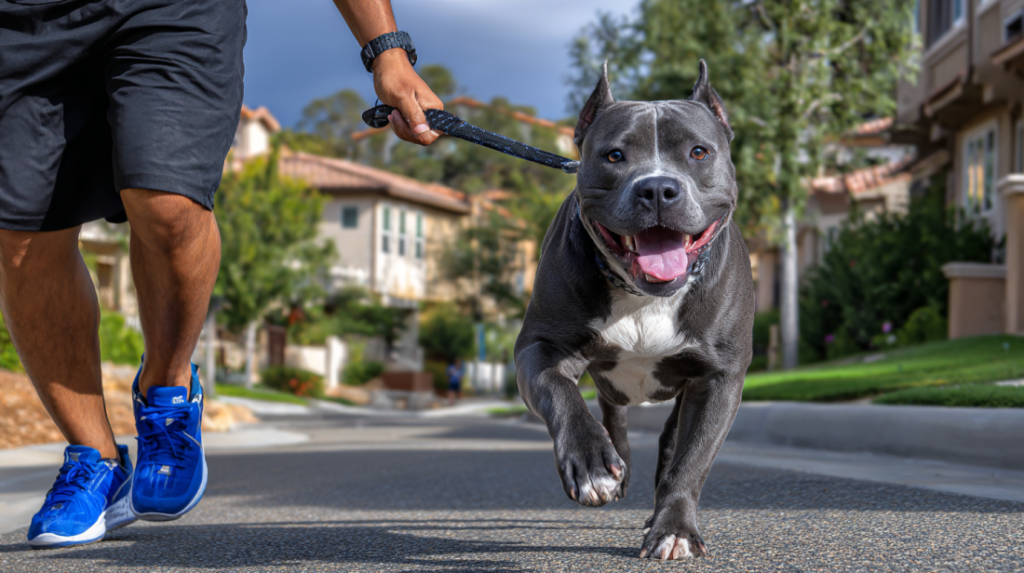
The exercise needs of a Pocket Bully dog are moderate but consistent. These dogs benefit from daily physical activity that matches their energy level and physical capabilities. Understanding their exercise requirements helps ensure they remain healthy, happy, and well-behaved.
Daily Exercise Recommendations
Walking: A daily walk of 20-30 minutes provides excellent physical exercise and mental stimulation. The compact build of Pocket Bullies makes them suitable walking companions for people of various fitness levels.
Playtime: Interactive play sessions in a fenced yard or indoor space allow dogs to burn energy while bonding with their owners. Games like fetch, tug-of-war, and hide-and-seek can provide both physical and mental exercise.
Swimming: Many Pocket Bullies enjoy swimming, which provides excellent low-impact exercise. However, their muscular build and shorter legs mean they may tire more quickly than other breeds in water.
Exercise Precautions
Temperature Awareness: Due to their shortened airways, Pocket Bully dogs can be sensitive to extreme temperatures. Exercise should be limited during hot weather, and owners should watch for signs of overheating.
Joint Protection: Young puppies and senior dogs may need modified exercise routines to protect developing or aging joints. High-impact activities should be avoided until skeletal maturity is reached.
Mental Stimulation: Puzzle toys, training sessions, and new experiences provide mental exercise that’s just as important as physical activity for this intelligent breed.
Grooming and Maintenance Needs
One of the advantages of owning a Pocket Bully dog is their relatively low grooming requirements. Their short, smooth coat is easy to maintain with regular care, though attention to other aspects of grooming remains important for their health and comfort.
Coat Care
Brushing: Weekly brushing with a soft-bristled brush or grooming mitt helps remove loose hair and distributes natural oils throughout the coat. During shedding seasons, more frequent brushing may be necessary.
Bathing: Monthly baths or as needed keep the coat clean and healthy. Use a mild dog shampoo to avoid skin irritation, and ensure thorough rinsing to prevent residue buildup.
Seasonal Considerations: Pocket Bullies may need additional protection from sun exposure due to their short coat and sometimes light skin pigmentation.
Additional Grooming Tasks
Nail Trimming: Regular nail trims every 2-3 weeks prevent overgrowth and associated discomfort. Many Pocket Bullies tolerate nail trimming well when introduced to the process gradually.
Ear Cleaning: Weekly ear cleaning with an appropriate ear cleaner helps prevent infections and removes accumulated wax and debris.
Dental Care: Daily tooth brushing or dental chews help maintain oral health and prevent periodontal disease, which can be common in smaller breeds.
Skin Fold Care: Some Pocket Bullies have facial wrinkles that require regular cleaning to prevent bacterial growth and skin irritation.
Training and Socialization Strategies
Training a Pocket Bully dog can be an enjoyable experience due to their intelligent nature and desire to please. However, like all dogs, they benefit from consistent, positive training methods that build confidence and strengthen the human-dog bond.
Basic Training Principles
Positive Reinforcement: Pocket Bullies respond exceptionally well to reward-based training methods. Treats, praise, and play serve as excellent motivators for learning new behaviors and commands.
Consistency: All family members should use the same commands and expectations to avoid confusing the dog. Consistent rules and boundaries help Pocket Bullies understand their place in the household hierarchy.
Early Start: Beginning training and socialization during puppyhood provides the best results, though adult dogs can certainly learn new behaviors with patience and persistence.
Essential Training Areas
House Training: Most Pocket Bully dogs can be successfully house trained within a few months using crate training and regular schedules. Their intelligence makes them quick to understand routines.
Basic Commands: Teaching sit, stay, come, down, and heel provides the foundation for a well-behaved companion. These commands also serve as the basis for more advanced training.
Leash Training: Due to their muscular build, proper leash training is essential for manageable walks. Teaching loose-leash walking prevents pulling and makes outings more enjoyable for both dog and owner.
Socialization: Exposing Pocket Bully puppies to various people, animals, and situations helps them develop into confident, well-adjusted adults. Puppy socialization classes provide structured environments for these important experiences.
Advanced Training Opportunities
Many Pocket Bully dogs excel in various dog sports and activities that showcase their intelligence and athleticism. Weight pulling, agility (with modifications for their build), and obedience competitions can provide mental stimulation and strengthen the bond between dog and owner.
Nutrition and Feeding Guidelines
Proper nutrition plays a crucial role in maintaining the health and vitality of a Pocket Bully dog throughout their lifetime. Their compact, muscular build requires specific nutritional considerations to support their unique physical characteristics and energy needs.
Nutritional Requirements
Protein: High-quality protein should form the foundation of a Pocket Bully’s diet, supporting muscle maintenance and development. Look for foods with named meat sources as the first ingredient.
Calories: Due to their smaller size, Pocket Bullies require fewer calories than larger breeds, but their muscular build means they need more calories per pound than some toy breeds. Adult dogs typically need 400-800 calories daily, depending on age, activity level, and metabolism.
Life Stage Considerations: Puppies, adults, and senior dogs have different nutritional needs that should be addressed through appropriate food formulations.
Feeding Schedule and Portions
Puppy Feeding: Young Pocket Bullies should eat 3-4 small meals daily to support their rapid growth and development. High-quality puppy food provides the necessary nutrients for proper bone and muscle development.
Adult Maintenance: Adult dogs typically thrive on two meals per day, which helps prevent bloat and maintains steady energy levels throughout the day.
Weight Management: Regular body condition scoring helps ensure Pocket Bullies maintain optimal weight. Obesity can exacerbate breathing problems and stress joints.
Special Dietary Considerations
Some Pocket Bully dogs may have food sensitivities or allergies that require special diets. Common allergens include chicken, beef, wheat, and soy. Working with a veterinarian to identify and eliminate problematic ingredients can resolve many dietary issues.
Supplements may be beneficial for some dogs, particularly those with joint issues or skin problems. However, any supplementation should be discussed with a veterinarian to ensure safety and efficacy.
Creating the Ideal Living Environment
The compact size of a Pocket Bully dog makes them adaptable to various living situations, from apartments to large homes with yards. However, certain environmental considerations can help ensure they thrive in their surroundings.
Indoor Living Requirements
Space Considerations: While Pocket Bullies don’t require enormous amounts of space, they do benefit from areas where they can move around comfortably and have their own designated spaces for sleeping and eating.
Temperature Control: Due to their shortened airways and coat characteristics, maintaining comfortable indoor temperatures is important. Air conditioning during hot weather and appropriate heating during cold months help ensure their comfort.
Safety Measures: Puppy-proofing or dog-proofing the home protects curious Pocket Bullies from potential hazards and prevents destructive behaviors born from boredom.
Outdoor Considerations
Secure Fencing: A securely fenced yard provides safe outdoor exercise opportunities. The fence should be tall enough to prevent jumping and secure enough to prevent digging escapes.
Shade and Shelter: Outdoor areas should include shaded spaces where dogs can rest during hot weather and shelter from rain or wind.
Supervision: While Pocket Bullies can enjoy outdoor time, supervision helps ensure their safety and prevents potential conflicts with other animals or people.
Frequently Asked Questions
Are Pocket Bully dogs good with children?
Yes, well-socialized Pocket Bully dogs typically make excellent family companions and are known for their patient, gentle nature with children. Their sturdy build makes them less fragile than many small breeds, while their calm temperament helps them interact appropriately with kids. However, as with any dog breed, supervision during interactions and teaching children proper dog handling techniques remains important for everyone’s safety.
How much does a Pocket Bully dog cost?
The cost of a Pocket Bully dog varies significantly based on bloodline, breeder reputation, and geographic location. Initial purchase prices typically range from $2,000 to $10,000 or more for dogs from champion bloodlines. Additionally, owners should budget for ongoing expenses including food, veterinary care, grooming, and supplies, which can total $1,000-$2,000 annually.
Do Pocket Bully dogs have breathing problems?
Some Pocket Bully dogs may experience breathing difficulties due to their shortened muzzle structure, a condition known as brachycephalic obstructive airway syndrome (BOAS). While not all dogs in the breed are affected, owners should be aware of the signs and work with veterinarians to manage any respiratory issues. Choosing breeders who prioritize health testing and proper breeding practices can help reduce the likelihood of severe breathing problems.
How long do Pocket Bully dogs live?
The average lifespan of a Pocket Bully dog ranges from 8-13 years, which is typical for dogs of similar size and build. Factors affecting longevity include genetics, diet, exercise, veterinary care, and overall health management. Dogs from health-tested parents and those receiving proper care throughout their lives often enjoy longer, healthier lives.
Are Pocket Bully dogs aggressive?
Properly bred and socialized Pocket Bully dogs are not inherently aggressive. They’re known for their stable, friendly temperament and desire to please their owners. Like all dogs, their behavior is largely influenced by genetics, socialization, training, and treatment. Early socialization and positive training methods help ensure they develop into well-adjusted, non-aggressive companions.
What’s the difference between a Pocket Bully and other small bully breeds?
The main differences lie in size standards, breeding programs, and specific physical characteristics. Pocket Bullies are specifically bred to be the smallest variety of American Bully, with defined size and weight standards. Other small bully-type breeds may have different origins, purposes, and physical traits, even if they appear similar to casual observers.
For more expert pet care tips and product recommendations, visit BlithePet.com — your trusted source for pet wellness.
Conclusion
The Pocket Bully dog represents a remarkable achievement in modern breeding, combining the best traits of larger bully breeds in a compact, family-friendly package. These eight essential facts highlight why this breed has gained such popularity among dog enthusiasts worldwide. From their gentle temperament and moderate exercise needs to their relatively simple grooming requirements, Pocket Bullies offer many advantages for the right owners.
Understanding their health considerations, training needs, and environmental requirements helps ensure these wonderful dogs receive the care they deserve throughout their lives. While they may be small in stature, Pocket Bully dogs possess enormous hearts and unwavering loyalty that make them exceptional companions for individuals and families alike.
Whether you’re drawn to their distinctive appearance, impressed by their stable temperament, or simply looking for a loyal companion that fits your lifestyle, the Pocket Bully dog might be the perfect addition to your family. Remember that responsible ownership includes choosing reputable breeders, providing proper veterinary care, and committing to meeting their physical and emotional needs for their entire lifetime.
Have a similar experience with your pet? Share it in the comments below!

